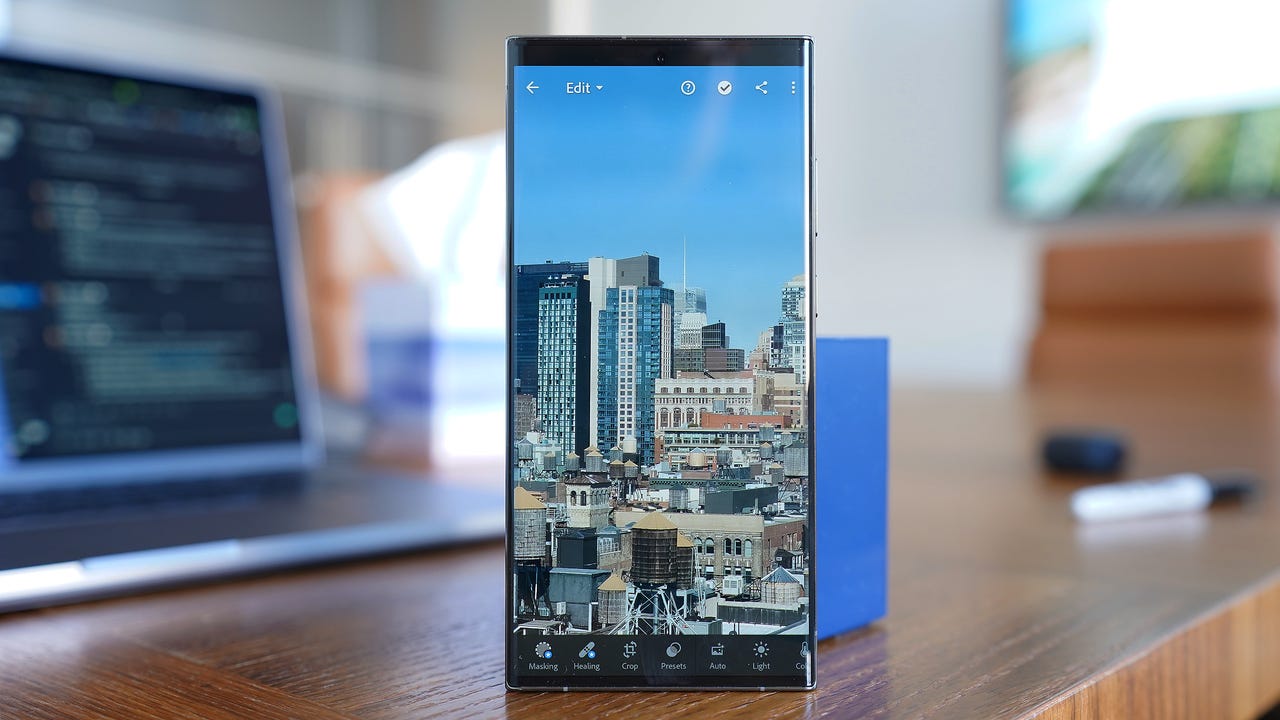'ZDNET Recommends': What exactly does it mean?
ZDNET's recommendations are based on many hours of testing, research, and comparison shopping. We gather data from the best available sources, including vendor and retailer listings as well as other relevant and independent reviews sites. And we pore over customer reviews to find out what matters to real people who already own and use the products and services we’re assessing.
When you click through from our site to a retailer and buy a product or service, we may earn affiliate commissions. This helps support our work, but does not affect what we cover or how, and it does not affect the price you pay. Neither ZDNET nor the author are compensated for these independent reviews. Indeed, we follow strict guidelines that ensure our editorial content is never influenced by advertisers.
ZDNET's editorial team writes on behalf of you, our reader. Our goal is to deliver the most accurate information and the most knowledgeable advice possible in order to help you make smarter buying decisions on tech gear and a wide array of products and services. Our editors thoroughly review and fact-check every article to ensure that our content meets the highest standards. If we have made an error or published misleading information, we will correct or clarify the article. If you see inaccuracies in our content, please report the mistake via this form.
Your next phone will be able to run generative AI tools (even in Airplane Mode)

It's the hottest duo in 2023, and no, I'm not talking about Gen Z and their old-school flip phones.
I'm talking about generative AI, the learning models that have sparked a boom for creative (and sometimes harmful) text, images, videos, and even audio generation.
Also: Today's AI boom will amplify social problems if we don't act now, says AI ethicist
For what feels like a while now, generative AI has only been accessible through servers of data connected to the internet. But during the company's annual Build event, Microsoft announced that it's partnering with Qualcomm to accelerate the wireless technology maker's on-device computing efforts.
Basically, your next smartphone, laptop, or even car may have the chipsets and systems needed to generate content at will, even with Airplane Mode turned on.
"For generative AI to become truly mainstream, much of the inference will need to be executed on edge devices," said Ziad Asghar, Senior Vice President of Product Management at Qualcomm Technologies, in a Tuesday press release. These "edge devices" that Asghar refers to include smartphones, tablets, laptops, cars, and other IoT products.
Also: AI art generator: Qualcomm gets Stable Diffusion running on a smartphone
To enable most, if not all, future Qualcomm-powered devices to perform generative AI tasks, the company is promoting its own AI Stack, a unified developer platform that allows OEMs and developers to create, test, and mass distribute their applications. Programs developed by the Qualcomm AI Stack can be deployed across all the aforementioned edge devices.
Stable Diffusion allows a Windows on Snapdragon device to generate images from text locally.
Another solution for scaling on-device AI: Windows on Snapdragon, a Qualcomm-Microsoft collaboration that was first introduced with the Surface Pro X. Future Windows 11 PCs will boost Qualcomm's latest Snapdragon 8cx Gen 3 processor, which features a built-in neural processing unit (NPU) for dedicated AI experiences that's more efficient than traditional CPUs and GPUs.
In fact, if you own a Microsoft Surface Pro 9 5G or Lenovo ThinkPad X13S, you can take advantage of Qualcomm's on-device AI features today.
Also: All the major Bing Chat and AI announcements from Microsoft Build 2023
Besides gaining the benefit of creating images, paragraphs of text, and other visual assets from your personal devices without needing to connect to the internet, Qualcomm's advancements in Stable Diffusion and on-device generative AI point to a future where machine-learning workloads require less time and resources, and are more secure thanks to all the data being localized.
That alone should excite consumers, developers, and business users alike about the future of generative AI.
